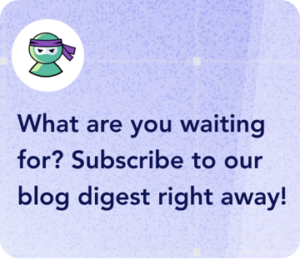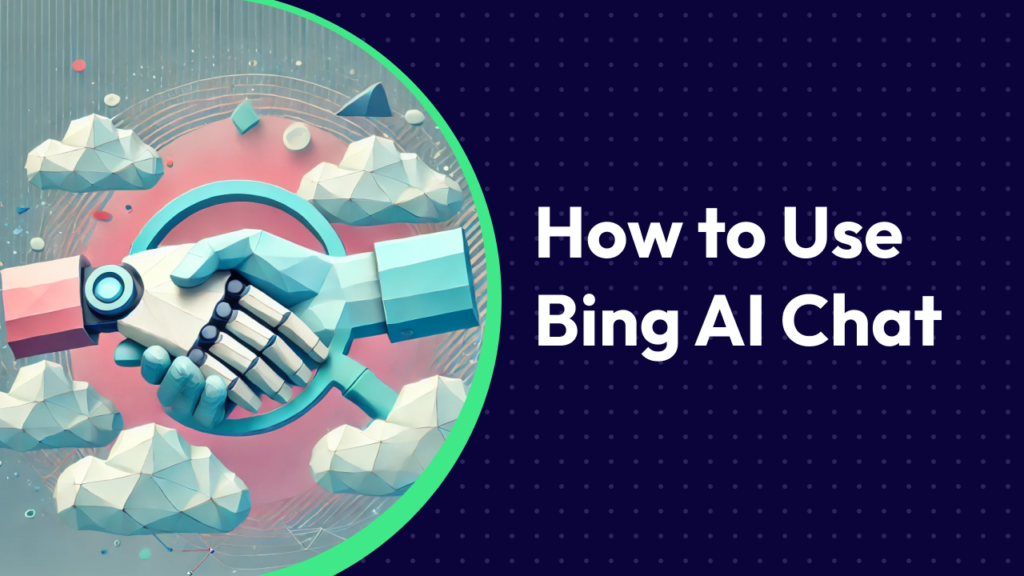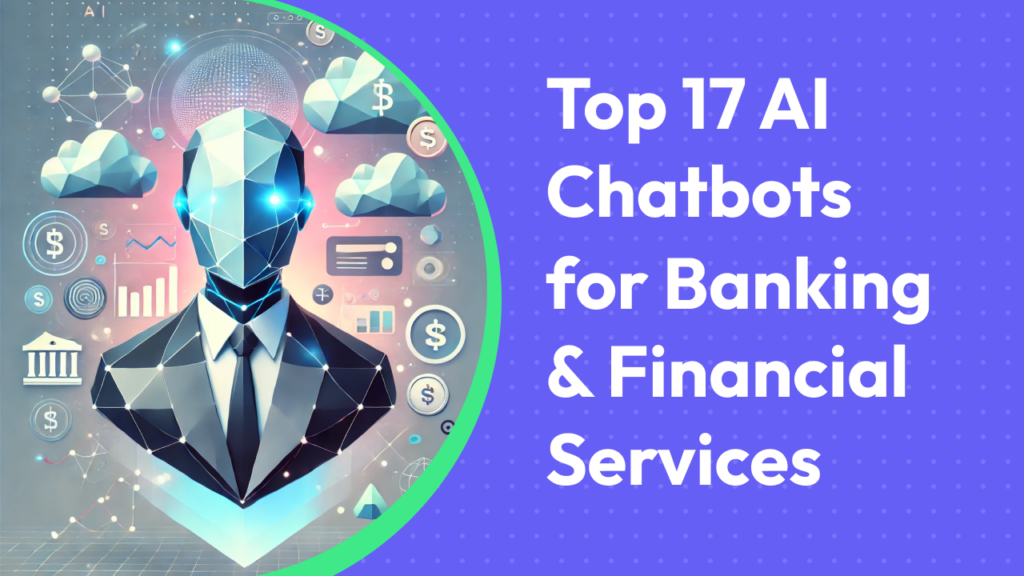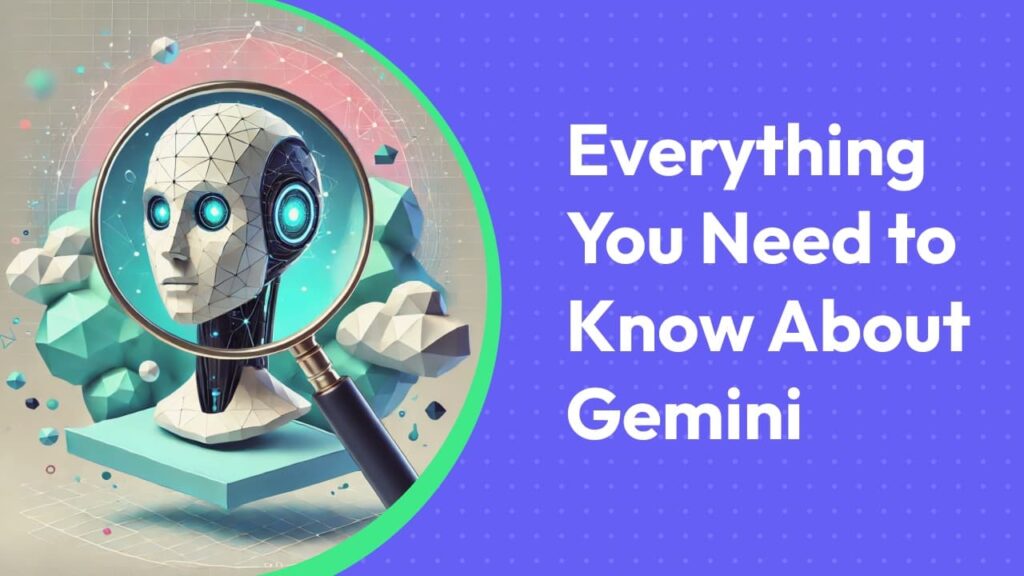- What Is the Name of Microsoft AI Chatbot?
- How Microsoft AI Chatbot Leverages OpenAI’s GPT Models and Microsoft’s AI Research
- So, What Is Microsoft AI Chatbot?
- How It Compares to Other AI Chatbots
- Who Should Use Microsoft AI Chatbot?
- How to Use Microsoft AI Chatbot
- Future Updates
- Limitations of Microsoft AI Chatbot
- How Omnimind Enhances AI Productivity
- Conclusion
Microsoft AI chatbot is revolutionizing workplaces, offering tools that enhance productivity and streamline operations. However, this rapid integration has elicited mixed reactions among U.S. workers. A recent Pew Research Center survey reveals that 52% of U.S. workers express concerns about AI’s impact on their jobs, and 32% fear it could reduce employment opportunities in the long run.
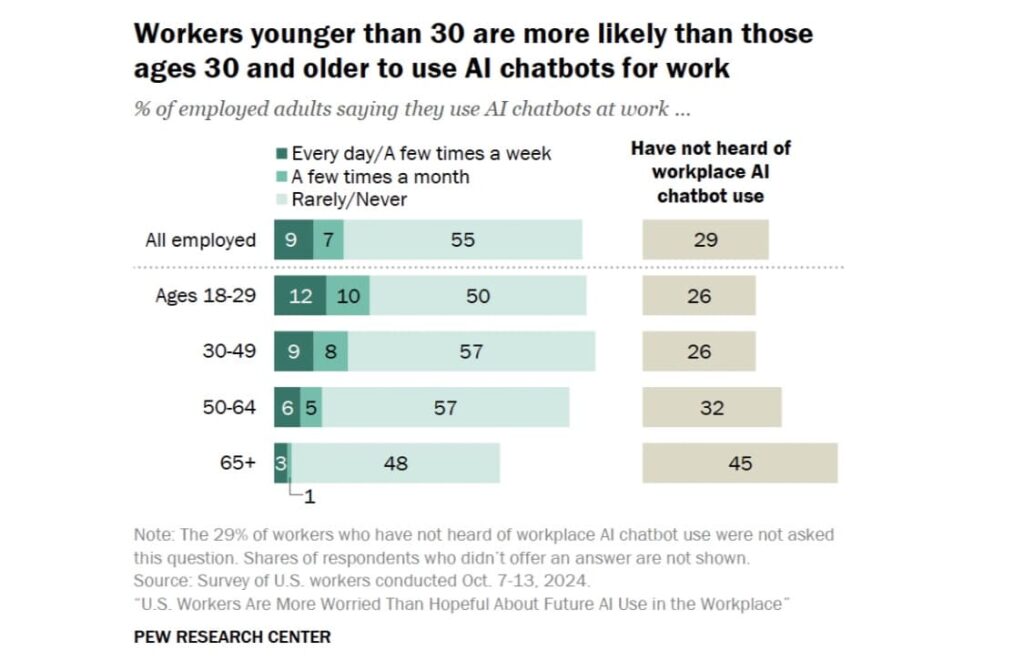
Despite these concerns, AI-powered tools, like Microsoft AI chatbot, are proving to be valuable assets in professional settings.
- 40% of workers who have used AI chatbots report that these tools help them complete tasks faster, while 29% say they improve work quality.
- Younger professionals, in particular, benefit from AI assistance—44% of workers aged 18-49 say chatbots enhance their efficiency, compared to 29% of those 50 years and older.
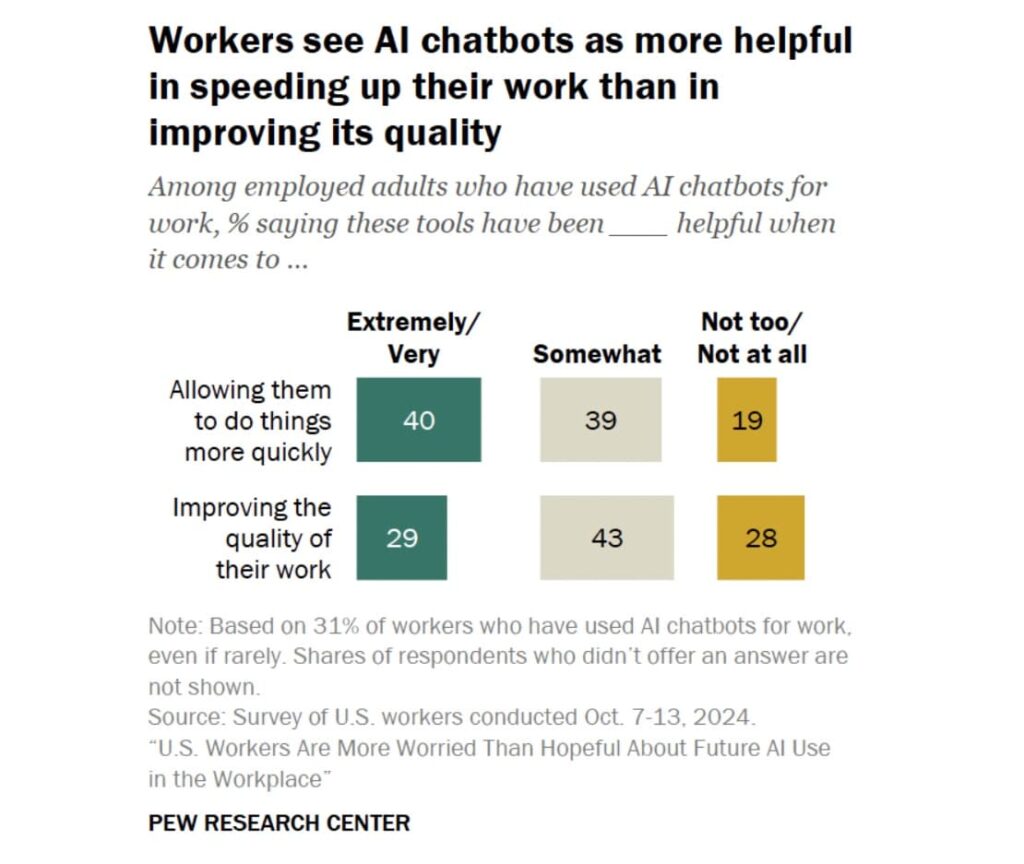
Recognizing this shift, Microsoft is aggressively expanding its AI ecosystem. The company has integrated AI-powered solutions across its product lines, enhancing workplace productivity through tools like Microsoft AI chatbot—Copilot. Upcoming developments, including announcements at the April 4th Copilot AI event, further highlight Microsoft’s commitment to AI-driven innovation.
As you may know, AI adoption requires proper implementation and workforce training. Many organizations struggle with AI deployment, and a lack of formal AI strategies leads to stagnation in adoption. AI literacy is becoming a critical factor, with major corporations already investing in training programs to equip employees with AI skills.
In this evolving AI landscape, solutions like Omnimind provide businesses with seamless automation and AI-driven workflows, helping organizations bridge the gap between AI adoption and practical implementation.
This article explores Microsoft’s AI chatbot ecosystem, how it works, and how businesses and professionals can use its capabilities. We’ll also compare it with ChatGPT, Google’s Gemini, and Omnimind.ai to help you determine which AI assistant best fits your needs.
What Is the Name of Microsoft AI Chatbot?
Microsoft’s AI chatbot comes in different forms, each serving distinct purposes:
- Bing Chat (now integrated with Copilot)—originally launched as Bing Chat, this AI-powered assistant is built into Microsoft Edge and Bing search, offering real-time web results powered by OpenAI’s models.
- Microsoft Copilot—the evolution of Bing Chat, now embedded in Windows and Office 365 apps like Word, Excel, Outlook, and Teams, enhancing productivity.
- Azure AI Bot Service—a platform that allows developers to create and deploy custom AI chatbots for business applications.
History of Branding Changes
Microsoft’s AI chatbot development journey has undergone significant branding transformations, reflecting its evolving AI strategy and commitment to integrating advanced technologies across its product ecosystem.
Bing Chat: Inception
In February 2023, Microsoft introduced a new version of its Bing search engine, featuring an AI-powered chatbot known as Bing Chat. This innovation aimed to enhance user search experiences by providing conversational interactions and more personalized responses. Bing Chat was integrated into the Microsoft Edge browser, allowing users to engage with the chatbot seamlessly while browsing. The initial rollout garnered substantial interest, with over a million users joining the waitlist within 48 hours.
Microsoft 365 Copilot: Enhancing Productivity
Building on the success of Bing Chat, Microsoft announced Microsoft 365 Copilot in March 2023. This AI assistant was designed to integrate with Microsoft 365 applications, such as Word, Excel, and Outlook, to boost productivity by assisting with tasks like drafting emails, generating content, and analyzing data. The introduction of Copilot marked a significant step toward embedding AI deeply into daily workflows, enabling users to leverage AI capabilities within familiar applications.
Windows Copilot: AI Integration into the Operating System
In May 2023, at the Build developer conference, Microsoft unveiled plans to integrate an AI assistant directly into Windows 11, known as Windows Copilot. This feature aimed to provide users with a centralized AI companion capable of performing various tasks, from adjusting settings to summarizing documents, thereby enhancing the overall user experience within the operating system.
Unified Branding: Transition to Microsoft Copilot
To streamline its AI offerings and present a cohesive brand identity, Microsoft embarked on a rebranding initiative in late 2023:
- September 2023. Microsoft began unifying its AI tools under the “Copilot” brand. The Microsoft 365 Copilot was rebranded to Microsoft Copilot, accompanied by a new logo distinct from the traditional Microsoft 365 emblem.
- October 2023. Windows Copilot, previously available through the Windows Insider Program, was officially renamed Microsoft Copilot as it became broadly accessible to users.
- November 2023. Bing Chat was rebranded as Microsoft Copilot, signifying its integration into the broader Copilot ecosystem and reinforcing Microsoft’s commitment to a unified AI experience across its platforms.
Expansion and Accessibility
Continuing its efforts to make AI tools widely available, Microsoft undertook several initiatives:
- December 2023. Copilot was added at no extra cost to many Windows 11 installations, with plans to extend support to Windows 10 users subsequently. Additionally, a standalone Microsoft Copilot app was quietly released for Android, followed by an iOS version, broadening Copilot’s accessibility across different devices.
- January 2024. Microsoft announced the introduction of a dedicated Copilot key on Windows keyboards, replacing the traditional menu key, to provide users with quick access to AI functionalities.
- February 2025. Microsoft announced that Copilot Voice and Copilot Think Deeper, utilizing OpenAI’s o1 model, would be available free for all Copilot users with unlimited access, further enhancing the AI assistant’s capabilities.
Through these strategic branding changes and feature expansions, Microsoft has demonstrated its dedication to integrating AI seamlessly into its products, aiming to provide users with intelligent, context-aware assistance across various applications and platforms.
How Microsoft AI Chatbot Leverages OpenAI’s GPT Models and Microsoft’s AI Research
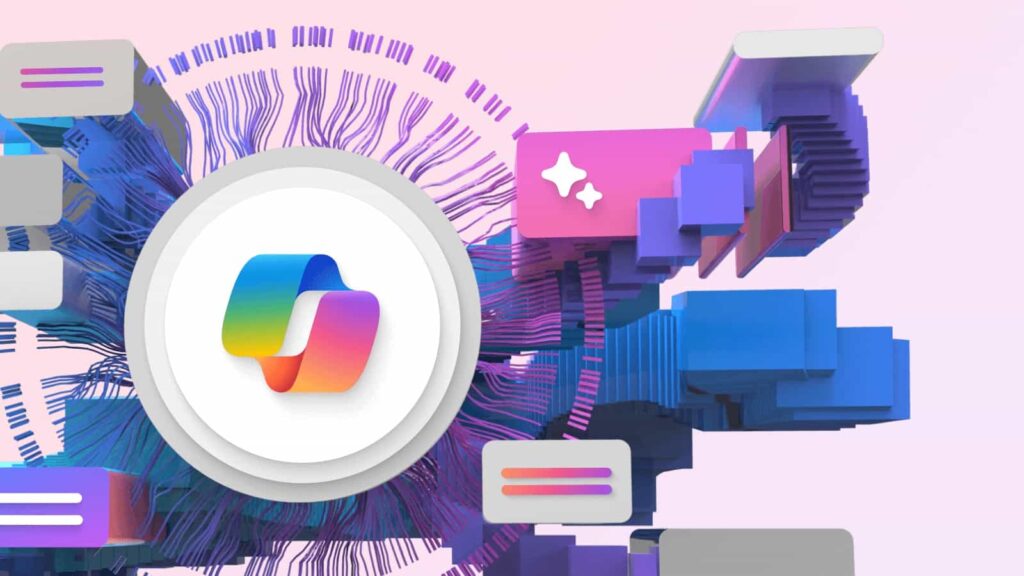
Microsoft’s AI chatbot ecosystem is powered by a combination of OpenAI’s cutting-edge GPT models and Microsoft’s proprietary AI advancements. This collaboration has led to some of the most advanced AI-driven chatbot experiences available today, providing users with enhanced capabilities in search, productivity, and automation.
Partnership with OpenAI: Bringing GPT Models to Microsoft AI
Microsoft has been a key investor in OpenAI since 2019, securing exclusive licensing rights to integrate OpenAI’s large language models (LLMs) into its products. This partnership deepened in 2023, when Microsoft committed to a multibillion-dollar investment to further scale OpenAI’s research and deployment efforts.
GPT Models in Microsoft AI Chatbots:
- Bing Chat/Microsoft Copilot—runs on GPT-4-turbo, an optimized version of OpenAI’s GPT-4, providing faster responses and real-time web search integration.
- Copilot in office apps—utilizes custom-tuned GPT models optimized for productivity tasks like document drafting, data analysis, and email automation.
- Azure OpenAI Service—enables businesses to access GPT models via APIs, allowing organizations to develop their own AI-driven applications.
This integration allows Microsoft’s AI chatbots to deliver more contextually aware, natural, and intelligent responses, surpassing traditional rule-based AI assistants.
Microsoft’s Proprietary AI Enhancements
While OpenAI provides the foundational models, Microsoft enhances them with its own AI research to improve performance, efficiency, and enterprise readiness.
Microsoft’s AI Innovations in Copilot & Bing Chat:
- Retrieval-Augmented Generation (RAG)
Microsoft integrates RAG techniques to combine real-time web search with GPT-generated responses, ensuring factual accuracy and up-to-date information.
- Personalization & Context Retention
Unlike standard GPT models, Copilot in Windows & Office Apps retains session-based memory, allowing for context-aware suggestions and workflow automation.
- Enterprise-Grade AI
Azure AI Bot Service and Microsoft Copilot for Business include compliance-focused AI layers, ensuring data privacy, regulatory adherence, and security—critical for industries like finance and healthcare.
This hybrid approach ensures that Microsoft’s AI chatbots aren’t some primitive generic AI assistants, but finely tuned solutions designed for real-world business applications.
How Microsoft’s AI Research Shapes the Future of AI Chatbots
Microsoft is actively leading AI research in such areas as multimodal AI, responsible AI, and AI-human collaboration, integrating these advancements into its chatbot ecosystem.
Key Microsoft AI Research Contributions:
- Phi-2 & Custom AI Models
Microsoft has developed lighter, efficient AI models like Phi-2, which power certain embedded AI functionalities within Windows and Edge.
- Deep AI Model Training with Azure Supercomputing
Microsoft operates one of the world’s largest AI supercomputing infrastructures on Azure, allowing continuous refinement of AI chat models.
- Responsible AI & Bias Reduction
Microsoft has implemented AI ethics safeguards, ensuring safer, less biased, and more transparent AI interactions—particularly in Copilot’s enterprise settings.
These ongoing research efforts position Microsoft’s AI chatbots at the forefront of AI innovation, combining OpenAI’s best models with Microsoft’s proprietary technology.
So, What Is Microsoft AI Chatbot?
Microsoft’s AI chatbot solutions are designed to provide intelligent assistance across different use cases.
1. Bing Chat / Microsoft Copilot
Initially launched as Bing Chat, Microsoft Copilot is built on OpenAI’s GPT models:
- Competes directly with ChatGPT, Google Gemini, and other AI chatbots.
- Integrated with real-time web search.
- Available in Edge browser and Windows OS.
- Provides instant answers, summaries, and interactive assistance for general queries.
Example: Educators are using Bing Chat Enterprise to streamline administrative tasks securely. For instance, teachers and administrators use it to summarize documents, assist with lesson planning, and handle data within a protected environment, ensuring student privacy is maintained.
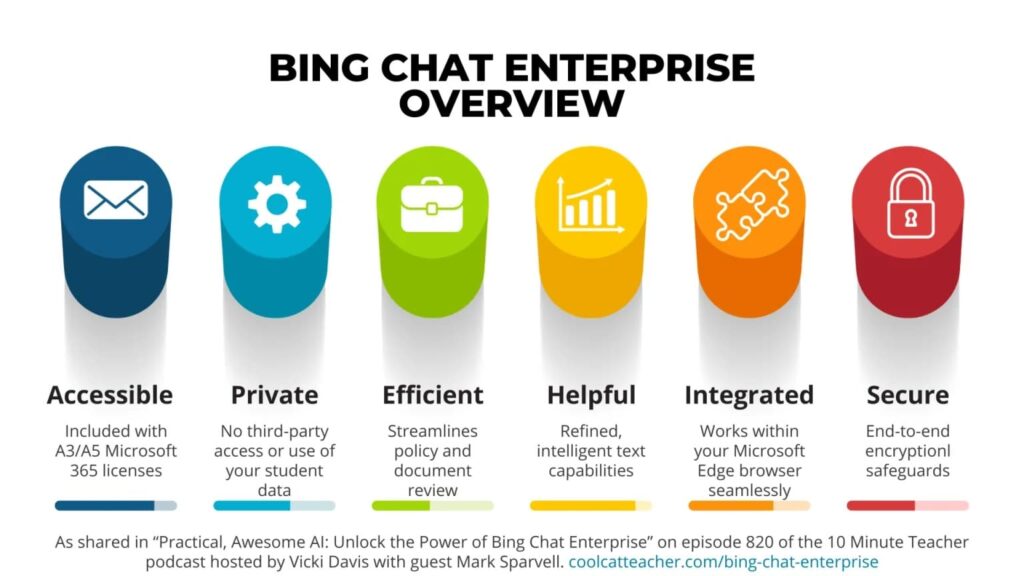
2. Microsoft Copilot in Office Apps
This integration enhances Microsoft 365 applications:
- Enhances Word, Excel, Outlook, and Teams with AI-driven productivity tools.
- Assists in document creation, data analysis, meeting summaries, and email drafting.
Example: The McKnight Foundation adopted Microsoft 365 Copilot for all staff, resulting in time savings, increased productivity, and allowing the team to focus on strategic priorities.

3. Azure AI Bot Service
Azure AI Bot Service is a cloud-based tool for developing custom AI chatbots:
- For customer support automation, business process optimization, and AI-driven interactions.
- Supports various industries, from healthcare to e-commerce.
Example: The Kenya Red Cross collaborated with Pathways Technologies to develop a mental health chatbot using Azure AI, enhancing their ability to provide support and resources during critical times.
How It Compares to Other AI Chatbots
| Feature | Microsoft Copilot | ChatGPT | Gemini | Omnimind |
| Real-time Web Search | ✅ | ❌ | ✅ | ❌ |
| Office 365 Integration | ✅ | ❌ | ❌ | ❌ |
| Custom AI Development | ✅ (Azure AI) | ✅ (API) | ✅ | ✅ |
| Business Automation | ✅ | ❌ | ✅ | ✅ |
| AI Agent Capabilities | ✅ | ✅ | ✅ | ✅ |
| Multimodal Support (Text, Voice, Image) | ✅ | ✅ | ✅ | ✅ |
| Industry-Specific Customization | ✅ | ❌ | ✅ | ✅ |
Who Should Use Microsoft AI Chatbot?
Microsoft AI chatbot is best suited for:
- Business Professionals—automating reports, meeting summaries, and document drafting.
- Customer Support Teams—handling routine inquiries, reducing response time, and improving customer experience.
- Developers & Enterprises—building AI-powered applications via Azure AI Bot Service.
- Students & Educators—generating study materials, summarizing research papers, and assisting in learning.
How to Use Microsoft AI Chatbot
1. Using Microsoft Copilot in Edge and Windows
Microsoft Copilot, integrated into the Edge browser and Windows OS, offers AI-powered assistance for various tasks.
Accessing Copilot:
Open Microsoft Edge and click on the Copilot icon to initiate the AI assistant.
Functionality:
- Real-Time Assistance: Ask questions or request summaries with up-to-date web search results.
- Voice Commands: Use voice inputs for hands-free operation.
💡Tips:
- Personalized News Digests: Copilot can generate news summaries tailored to your browsing habits.
- Webpage Interaction: With Copilot Vision, the AI can analyze and interact with the content you’re viewing, offering contextual assistance.
Example: A user shopping online can utilize Copilot Vision to receive tailored product recommendations based on the items displayed on the webpage, enhancing the shopping experience.
2. Enhancing Productivity with Copilot in Microsoft 365 Apps
Copilot enhances various Microsoft 365 applications by providing AI-driven productivity tools:
- Word: Assists in drafting documents, summarizing content, and formatting text.
- Excel: Offers automated data analysis, generates graphs, and recommends formulas.
- Outlook: Facilitates smart email composition, scheduling, and suggests responses.
- Teams: Provides AI-powered meeting notes, analyzes chats, and automates workflows.
💡Tips:
- Content Generation: Use Copilot to draft emails or reports based on minimal input, saving time.
- Data Visualization: Quickly create complex charts in Excel by describing the desired outcome to Copilot.
Example: Accenture and Avanade implemented Microsoft 365 Copilot to streamline workflows, boost productivity and creativity. By integrating Copilot across their operations, they optimized task execution, allowing employees to focus on higher-value activities.
3. Building Custom AI Chatbots with Azure AI Bot Service
Azure AI Bot Service enables the creation of tailored AI chatbots for various applications:
- Development: Create conversational AI assistants for websites and applications.
- Deployment: Implement bots for customer service, e-commerce, and enterprise automation.
- Integration: Leverage Microsoft’s AI and machine learning capabilities for enhanced functionality.
💡Tips:
- Multi-Channel Deployment: Deploy chatbots across various platforms, including websites, mobile apps, and social media.
- Continuous Learning: Integrate feedback loops to allow the chatbot to learn and improve over time.
Example: Bayer collaborated with Microsoft to develop specialized AI models tailored to the agriculture industry, assisting with agronomy and crop protection inquiries.
Future Updates
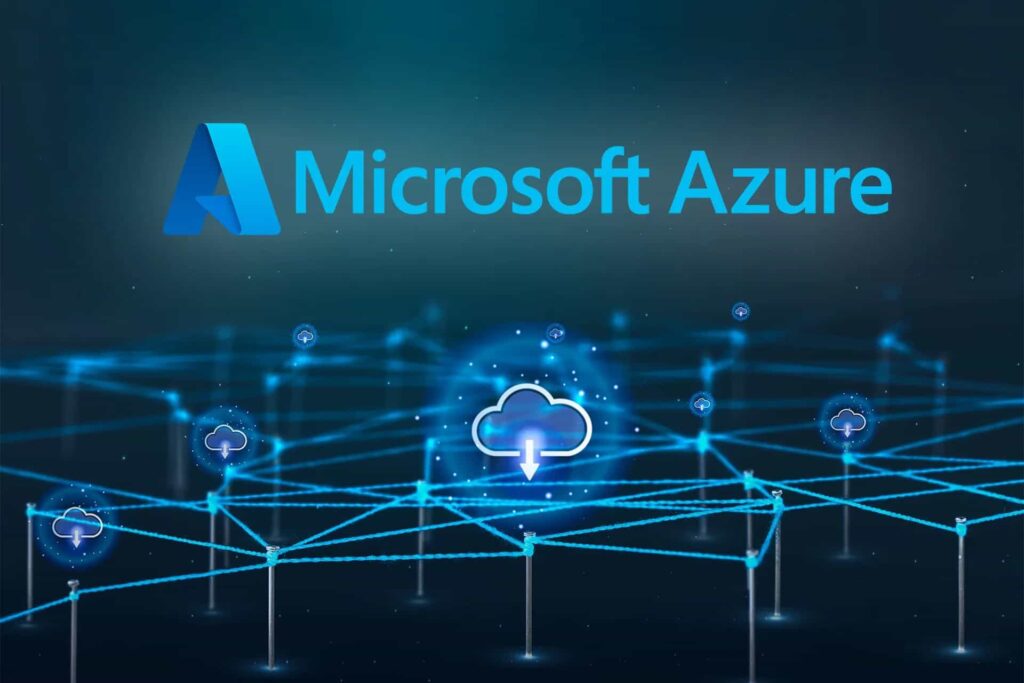
Microsoft is actively advancing its AI chatbot technology, focusing on several key areas to enhance user experience and functionality:
- Enhanced Conversational Abilities: By developing in-house AI reasoning models, Microsoft aims to make interactions more natural and intuitive.
- Autonomous AI Agents: The introduction of AI “agents” capable of performing tasks independently is set to streamline both personal and professional activities.
- Visual Interaction with Copilot Vision: The rollout of Copilot Vision enables the AI chatbot to process and interact with visual content, offering users a more immersive browsing experience.
- Specialized AI Solutions: Collaborations, such as the development of a Catholic-oriented chatbot, demonstrate Microsoft’s commitment to creating tailored AI solutions that align with specific organizational values and needs.
These developments underscore Microsoft’s dedication to refining its AI chatbot offerings, ensuring they meet diverse user requirements and adapt to emerging technological trends.
Limitations of Microsoft AI Chatbot
While Microsoft AI Chatbot provides powerful automation and productivity enhancements, it is not without its limitations. Businesses considering its adoption should be aware of certain constraints that may affect scalability, customization, and accessibility. Here are some key factors to consider:
- Limited Customization in Copilot—while powerful, Copilot is not as flexible for deep business-specific AI development compared to custom GPTs.
- Enterprise-Level Integration Requires Azure AI—businesses needing AI solutions beyond Microsoft’s ecosystem may require additional resources.
- Feature Availability Depends on Subscription—some AI capabilities in Copilot are only accessible to paid Microsoft 365 users.
How Omnimind Enhances AI Productivity
While Microsoft AI chatbots offer robust tools, Omnimind.ai distinguishes itself by providing a more flexible and user-friendly platform tailored to diverse business needs. Key advantages include:
- No Technical Skills Required: Omnimind’s intuitive interface enables users to create and deploy AI assistants without the need for coding or developer assistance. This democratizes AI implementation, allowing teams to innovate without technical barriers.
- Custom Training on Proprietary Data: Users can seamlessly import data from various sources such as Notion, PDFs, and Google Drive, allowing AI models to be trained specifically on their unique datasets. This ensures that the AI provides responses that are highly relevant and tailored to the organization’s context.
- Balanced Information Retrieval: Omnimind employs Retrieval-Augmented Generation (RAG), enabling AI to balance responses between internal data and external internet sources. This approach minimizes inaccuracies and ensures that the AI delivers precise and contextually appropriate information.
- Comprehensive AI Agent Capabilities: Beyond simple interactions, Omnimind functions as a full-fledged AI agent builder. It can perform a variety of actions, including scheduling calendar slots, scraping content from websites like LinkedIn, sending emails, and more. This versatility transforms routine tasks into automated processes, enhancing overall productivity.
For organizations seeking customizable and efficient AI solutions without the complexity of technical development, Omnimind.ai presents a compelling alternative. Its ability to integrate seamlessly into various workflows makes it a valuable asset for businesses aiming to enhance their operations through AI-driven automation.
Conclusion
Microsoft AI Chatbot, under the branding of Microsoft Copilot and Azure AI, is a game-changer in AI-driven assistance. Whether you’re using it for web search, office productivity, or enterprise automation, it stands out as a leading solution in the AI chatbot space.
However, understanding the strengths and limitations of Microsoft AI chatbots is essential when choosing the right AI tool for your needs. Whether you opt for Copilot, Azure AI, ChatGPT, or Google Gemini, the key is finding the right AI assistant that fits your business or personal productivity goals.For those looking for AI solutions beyond Microsoft, Omnimind offers a flexible alternative. 👉Learn more at Omnimind.ai!

How useful was this post?
Click on a star to rate it!
Average rating 0 / 5. Vote count: 0
No votes so far! Be the first to rate this post.

